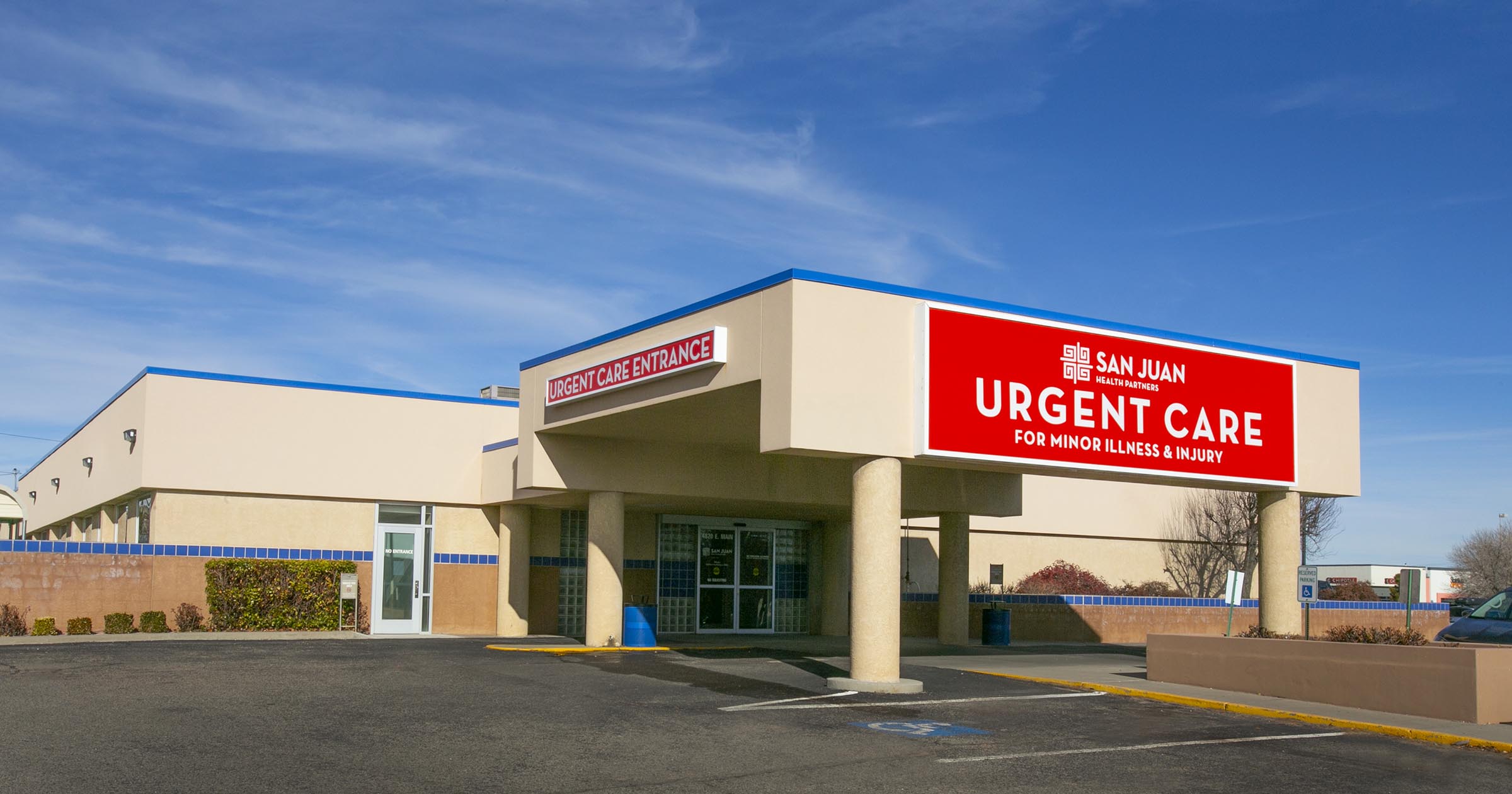The Ultimate Guide to Understanding Urgent Care Clinics
The Ultimate Guide to Understanding Urgent Care Clinics
Blog Article
Recognizing the Function of Urgent Treatment in Giving Timely Treatment for Non-Life-Threatening Problems
Urgent treatment centers have emerged as an important element of the healthcare landscape, dealing with the instant needs of individuals with non-life-threatening conditions. Understanding the subtleties of urgent care can significantly influence patient end results and the general efficiency of healthcare distribution.
What Is Urgent Treatment?
Urgent care describes a category of medical solutions created to attend to non-life-threatening problems that need immediate attention. These centers work as an intermediary between health care medical professionals and emergency clinic, offering a practical alternative for individuals who need timely care without the considerable waiting times typically connected with emergency situation divisions.
Urgent treatment facilities are commonly staffed by doctor, consisting of physicians, registered nurse experts, and medical professional aides, who are educated to identify and treat a wide range of problems. Common solutions offered by these facilities include treatment for small injuries, diseases, and infections, in addition to analysis tests such as X-rays and research laboratory work.
The availability of immediate treatment is a key factor in its charm, as many centers run beyond normal workplace hours, consisting of weekend breaks and nights. This extended schedule enables patients to receive prompt treatment when their health care supplier might not be accessible. Additionally, urgent treatment facilities frequently accept walk-in clients, eliminating the requirement for appointments. On the whole, urgent care plays a crucial function in the medical care system, making certain patients can access necessary clinical solutions promptly and effectively.

Lots of individuals may locate themselves unpredictable about when to seek treatment at an urgent care center as opposed to a health care medical professional or an emergency area. Urgent care is developed to address non-life-threatening problems that require timely interest yet are not severe adequate to warrant an emergency clinic browse through.
Normally, one need to think about immediate treatment for problems such as small fractures, sprains, cuts needing stitches, or infections like urinary system system infections. Furthermore, chilly or flu symptoms, rashes, and allergies can likewise be properly taken care of in this setup.
It is essential to note that urgent care is not suitable for deadly emergencies, such as upper body discomfort, difficulty breathing, or severe blood loss, which necessitate instant emergency space treatment.
Individuals that lack accessibility to a main treatment doctor or can not protect a prompt appointment might likewise benefit from immediate treatment solutions. Ultimately, recognizing when to use urgent treatment can result in much more reliable medical care shipment, allowing individuals to get the suitable level of care based upon their specific wellness needs.
Benefits of Urgent Care Centers
Picking urgent care centers for non-life-threatening problems uses several benefits that improve client experience and access. One primary benefit is the decreased wait times contrasted to conventional emergency rooms. Urgent care facilities usually operate a first-come, first-served basis, permitting individuals to receive prompt medical focus without the lengthy hold-ups commonly related to healthcare facility settings.
Furthermore, immediate care facilities give prolonged hours, consisting of evenings and weekend breaks, suiting people with differing timetables. This flexibility guarantees that individuals can seek treatment when it is most hassle-free for them, further advertising timely intervention.

Additionally, these centers often provide a comprehensive array of solutions, including diagnostic tests and small procedures, all under one roofing. This consolidation of services not only streamlines the patient experience yet also fosters a more cohesive method to managing non-life-threatening health and wellness concerns, eventually benefiting overall person results.
Typical Problems Treated
At immediate care facilities, a selection of non-life-threatening problems can be properly dealt with, offering people with easily accessible and timely clinical assistance. These facilities are especially experienced at addressing concerns that call for punctual attention however do not present an immediate threat to life or limb.
Typical problems treated at immediate care centers consist of minor injuries such as pressures, sprains, and cracks. Immediate care facilities are equipped to perform needed analysis tests, such as X-rays and research laboratory tests, allowing them to give comprehensive care.
Additionally, immediate treatment providers can provide vaccinations, aiding to avoid the spread of contagious diseases - Urgent Care. They additionally use solutions for small procedures, such as suturing injuries or draining abscesses. By supplying see this here these varied services, urgent care facilities play a vital function in connecting the void between medical care and emergency situation solutions, making certain clients get prompt therapy click to read for a variety of problems without the requirement for long haul times usually connected with emergency clinic
Exactly How Urgent Treatment Supports Health Care System
Immediate care centers play a crucial function in supporting the overall medical care system by relieving the concern on emergency divisions and providing prompt access to medical care for non-life-threatening conditions. By handling instances such as small injuries, infections, and ailments, urgent treatment centers permit emergency divisions to concentrate on even more vital people needing instant focus.
Furthermore, urgent treatment centers enhance medical care ease of access, offering extended hours and a much more hassle-free alternative to standard medical care settings. This access is specifically helpful for patients that might not have a regular physician or that call for immediate treatment outside of normal workplace hours. Therefore, urgent care centers properly decrease wait times and improve client satisfaction.
Furthermore, urgent treatment facilities add to set you back savings for both clients and the health care system by supplying lower-cost solutions contrasted to emergency situation departments. This economic performance is crucial in an age of increasing health care costs, permitting individuals to obtain essential treatment without incurring outrageous expenditures.
Conclusion
Finally, immediate care facilities play a vital role in the healthcare system by delivering prompt therapy for non-life-threatening conditions. By bridging the void between medical care and emergency areas, these centers guarantee that individuals receive prompt clinical focus without the lengthy delay times generally connected with emergency departments. The ease of access and performance of urgent treatment centers contribute significantly to easing the general burden on health care resources, enhancing individual outcomes, and advertising a much more reliable healthcare shipment system.
Immediate treatment centers have actually arised as a crucial part of the health care landscape, dealing with the immediate demands of clients with non-life-threatening problems. Urgent care visits generally incur reduced out-of-pocket expenditures contrasted to emergency situation division sees, making care a lot more affordable for individuals without jeopardizing high quality. Immediate treatment facilities are geared up to carry out needed diagnostic tests, such as X-rays and laboratory tests, enabling them to offer detailed treatment.
By providing these diverse solutions, urgent treatment centers Check This Out play a crucial function in linking the space between main treatment and emergency services, making sure clients obtain timely treatment for a large array of conditions without the requirement for lengthy wait times typically linked with emergency situation areas.
Moreover, urgent care centers boost health care access, using prolonged hours and a much more convenient option to traditional key care setups.
Report this page